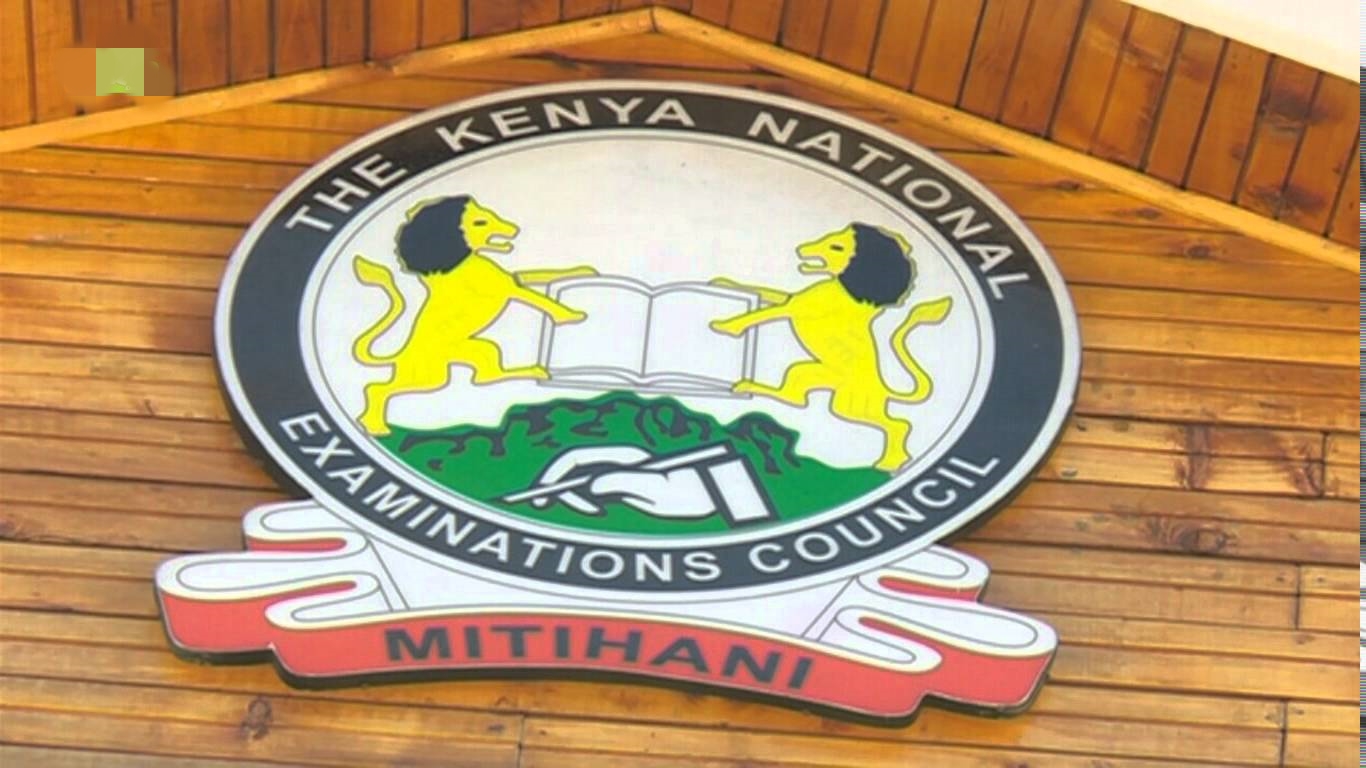The 2-6-3-3 is a proposed education system designed to replace the discredited and heavily criticized 8-4-4 system.
The current system has been criticized for not being skill-oriented, requiring children to spend too much time in school, and study lots of subjects that have little or no impact on their lives.
It has also been argued that the current system has not been successful in producing students that can thrive in the competitive global marketplace.
These and other weaknesses of the 8-4-4 system have advised the push to have it replaced with the 2-6-3-3, also known as the 6-3-3, system.
The Bill to have the current system changed was tabled by Taita Taveta Women Representative Joyce Lay.
Lay introduced the Bill in Parliament in a bid to effect the much-talked about changes to the education system.
One of the most important objectives of this Bill is to ensure that the Kenyan education system is aligned with current and future global trends and best practices in order to increase its competitiveness globally.
A pilot has already been rolled out in several schools in each county. This pilot affects students in class one, four, five, and six. The objective will be to prepare them for Junior High School.
Exactly what is 2-6-3-3?
It is a system of education whose focus is on holistic learning. Who knew it would come a time when our education system would appreciate more than textbooks and our abilities to master content?
I didn’t. And neither did a lot of people.
Let’s look at the interesting structure.
The new education system will see primary education split into two: Pre-primary and Primary Education which will take two and six years respectively.
Students will then join Junior Secondary School for three years before advancing to Senior Secondary level.
They will spend three years at the senior secondary level. Here, they will focus on their areas of specialization based on their interests and abilities. They will no longer have to wait till they join University or colleges to specialize.
A student will be required to specialize in two subjects regardless of the area they specialize in. This will prepare them for areas of study they wish to pursue in tertiary institutions.
It is after completing their senior secondary school that they will qualify to pursue university education or enroll at vocational training centers.
The 6-3-3 education system is skill-oriented.
Learners in the upper primary will be exposed to a broad curriculum which will, in turn, give them an opportunity to explore and experiment.
The Kenya Institute of Curriculum Development (KICD) has stated that the new curriculum in Kenya will give children an opportunity to thrive. Also, they believe that no child will be left behind as teachers will be trained on how to approach teaching and assessment in a manner that caters for individual differences.
Those of us who went through the 8-4-4 education system are almost jealous of the proposed system. Regardless, we welcome the proposed changes to the education system.
Life was not easy for us. We went endured an expansive system with little or no impact on the real world.
Well, that’s about to change; hence, we can only hope that 2-6-6-3 will bring the much-needed change in the education system.


